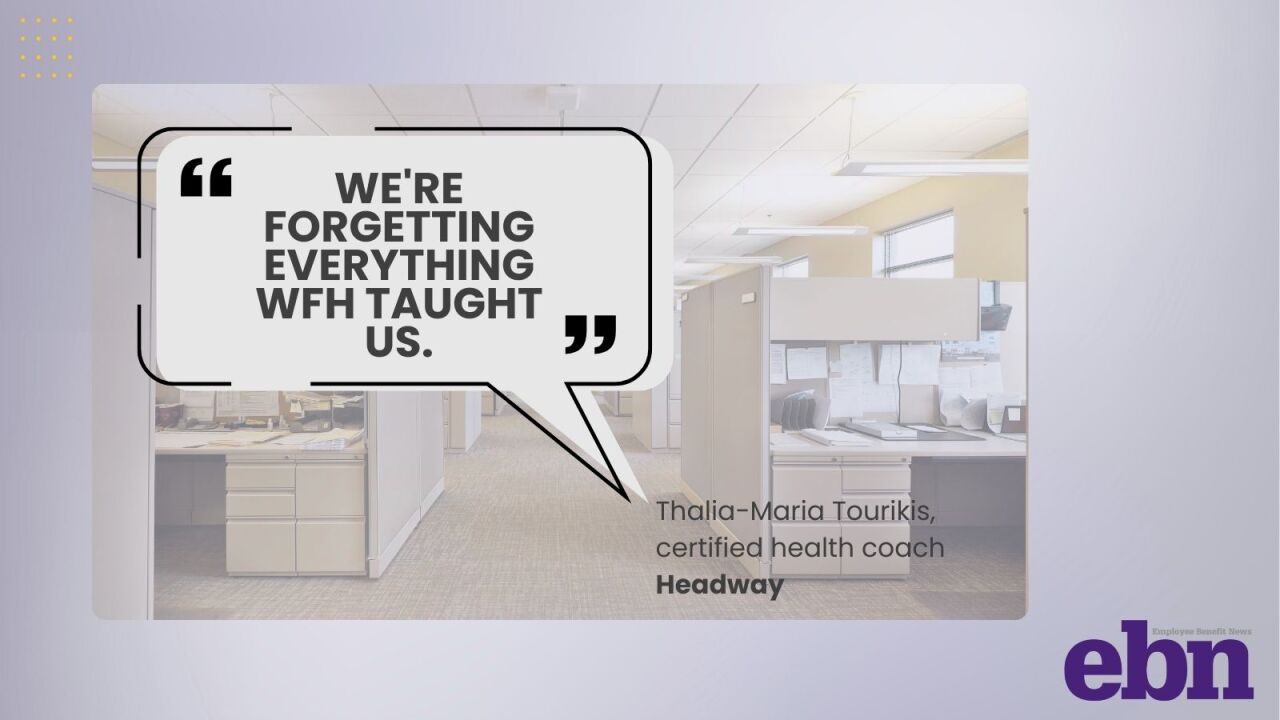For decades, the American healthcare system has treated employees as passive participants rather than active consumers. While we've witnessed dramatic transformations in how people
It's time for a fundamental shift in how we approach
The challenges plaguing our current system are systemic and interconnected. The traditional approach to health insurance has created a structure that turns cost-shifting to employees through higher deductibles, high copays and confusing co-insurance into the default solution for employers to manage rising healthcare costs. This not only takes money out of our employees' pockets, it leads members to avoid important care, eventually causing higher costs down the line.
Read more:
As a way to reduce costs, health insurance companies have made it difficult to access care. They've erected unnecessary barriers through complex preauthorization requirements, sometimes even for essential
Consider this stark reality:
We need to reimagine healthcare delivery through an employee-first lens. This transformation can't be about small, incremental improvements to the current system; it needs to be a fundamental change in how we approach healthcare benefits. Consider the opportunities:
- What if employees could see actual healthcare prices in their local market, just as they can compare prices for any other service?
Read more:
- What if we eliminated bureaucratic barriers and let doctors, not insurance companies, make medical decisions for their patients — like when a physician orders a lower back MRI, without waiting weeks for insurance approval?
- What if we aligned incentives so that making smart healthcare choices benefited both employees and employers?
- What if we made prescription drug pricing transparent and passed savings directly to employees?
The technology and capabilities to enable this transformation already exist. The same tools that have revolutionized every other consumer experience can be applied to healthcare. For example, the price of a statin medication can vary from $10 at Kroger to $120 at the CVS directly next door — that's information that should be readily available to employees making healthcare decisions. Showing employees these price differences and letting them share in the savings when they make cost-effective choices will transform them from passive recipients to engaged healthcare consumers.
This isn't just theory — it's already working. Employers implementing this model are opening up access and providing unprecedented transparency for their population. The transparency is promoting more informed decision-making, bringing down costs for employees by as much as 45% and employers 20%. More importantly, employees gain unrestricted access to care, choice of providers and the dignity of making their own healthcare decisions
Read more:
The transition requires a shift in mindset, but it's one that aligns with how people already make decisions in just about every other aspect of their lives. Instead of asking "Is this provider in-network?" employees can finally ask the right question: "What option is right for me and what will it cost?"
The evolution of employer-sponsored healthcare is inevitable. Just as retail moved from an inflexible in-store experience to an omnichannel consumer-driven shopping experience, healthcare must evolve to meet modern consumer expectations. Forward-thinking employers have the opportunity to lead this transformation, delivering better healthcare experiences while significantly reducing costs for both their organization and employees.
The time has come to stop fighting the healthcare system and start fixing it. We can't settle for the status quo because we're being told it's too hard to improve an engrained system. By putting employees first, we can create a healthcare experience that works better for everyone — one that is more affordable, accessible and aligned with today's consumer experience.






